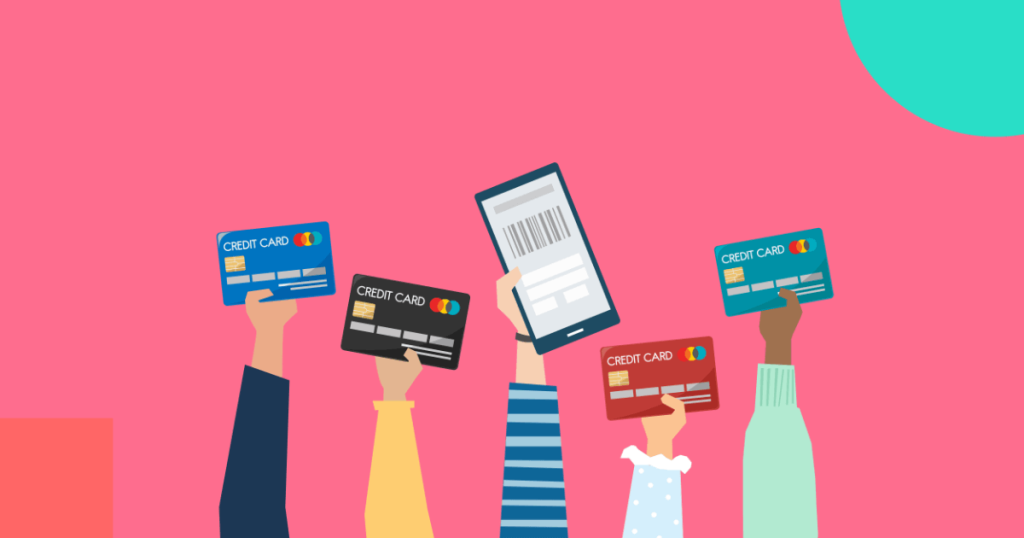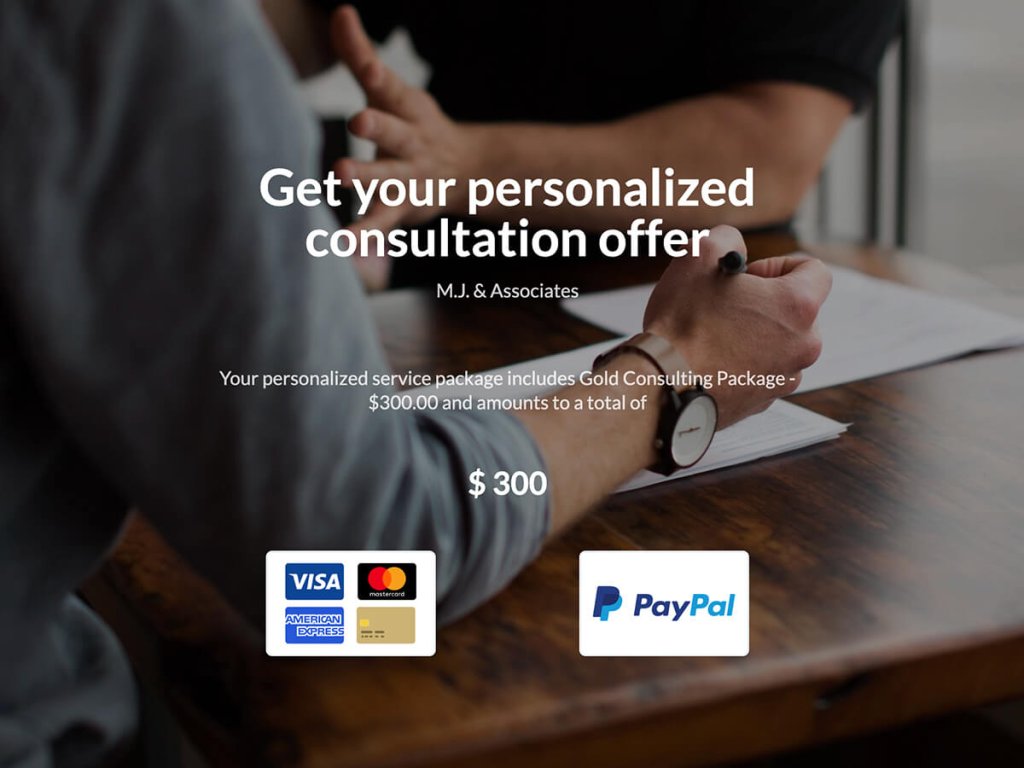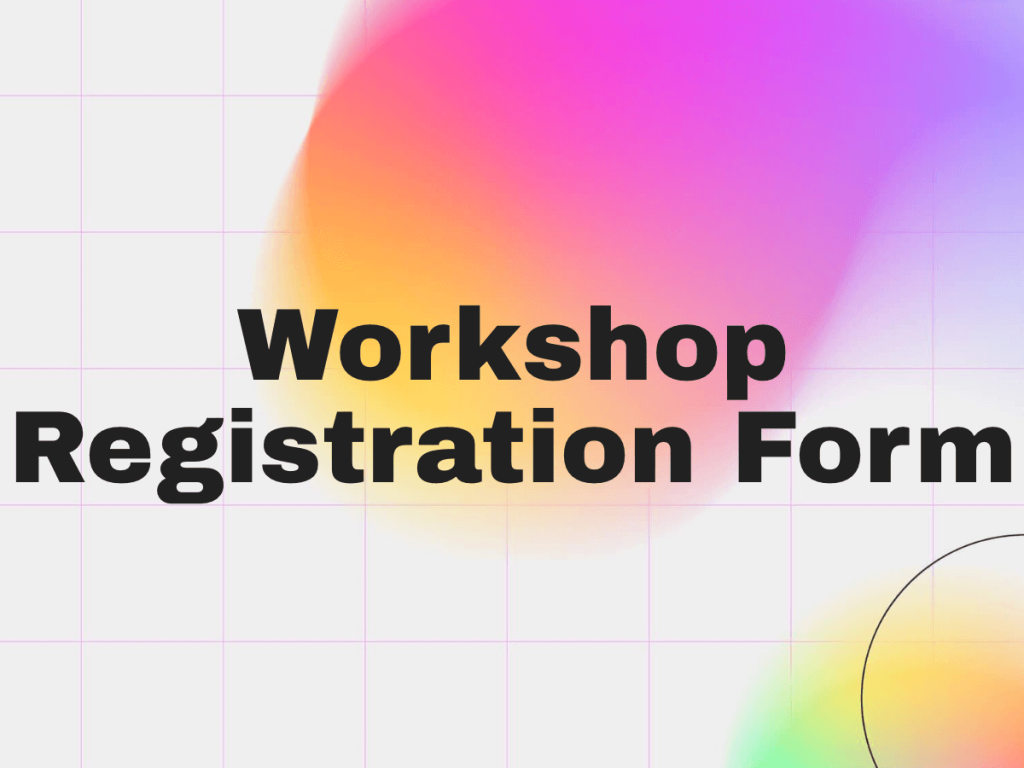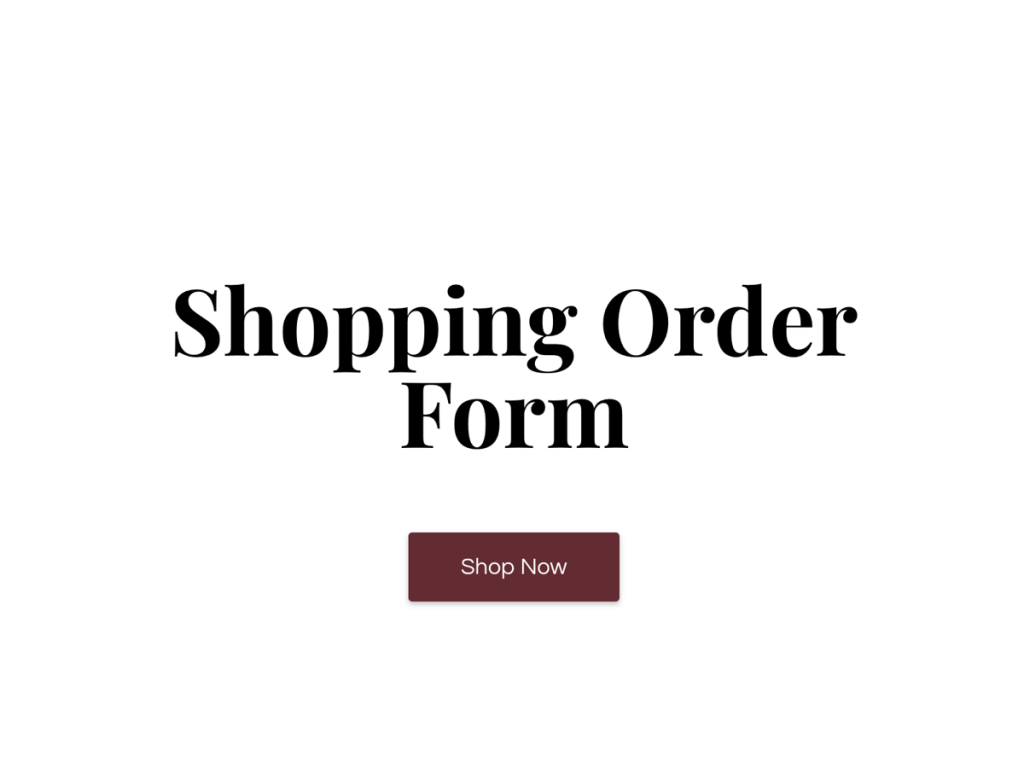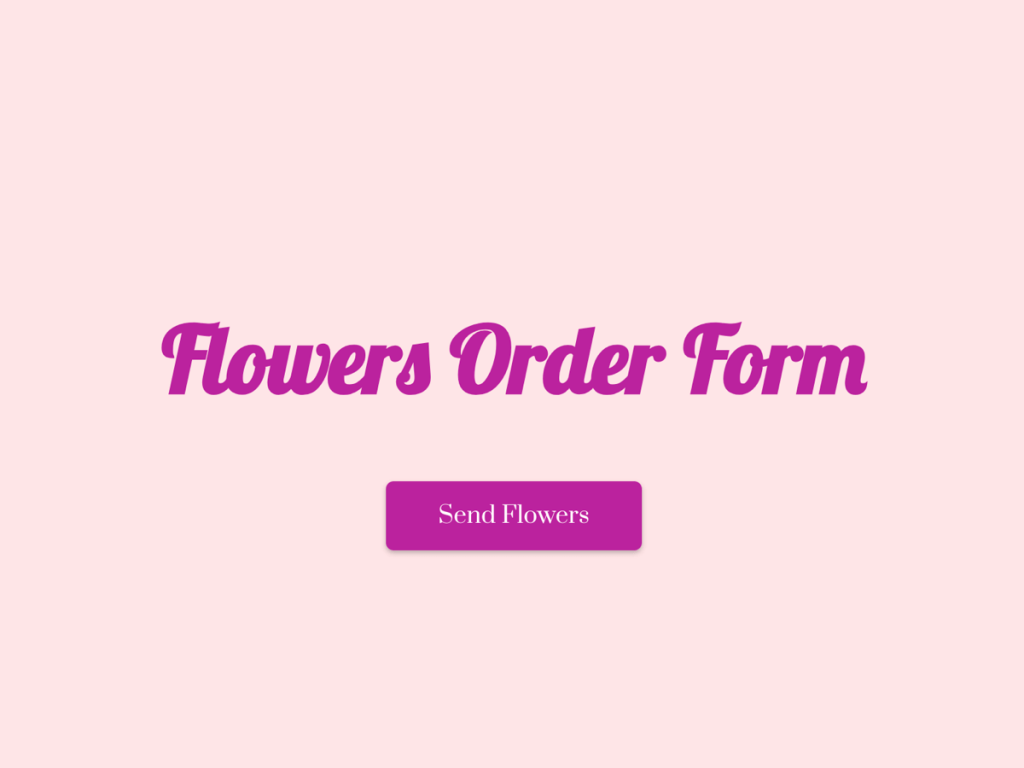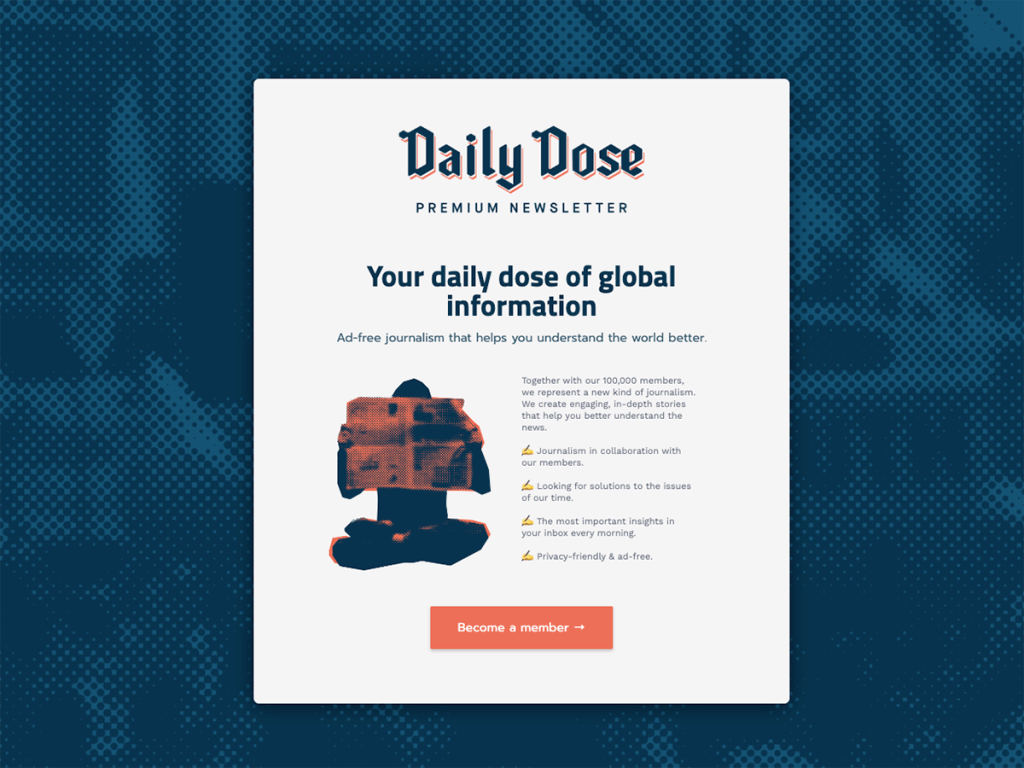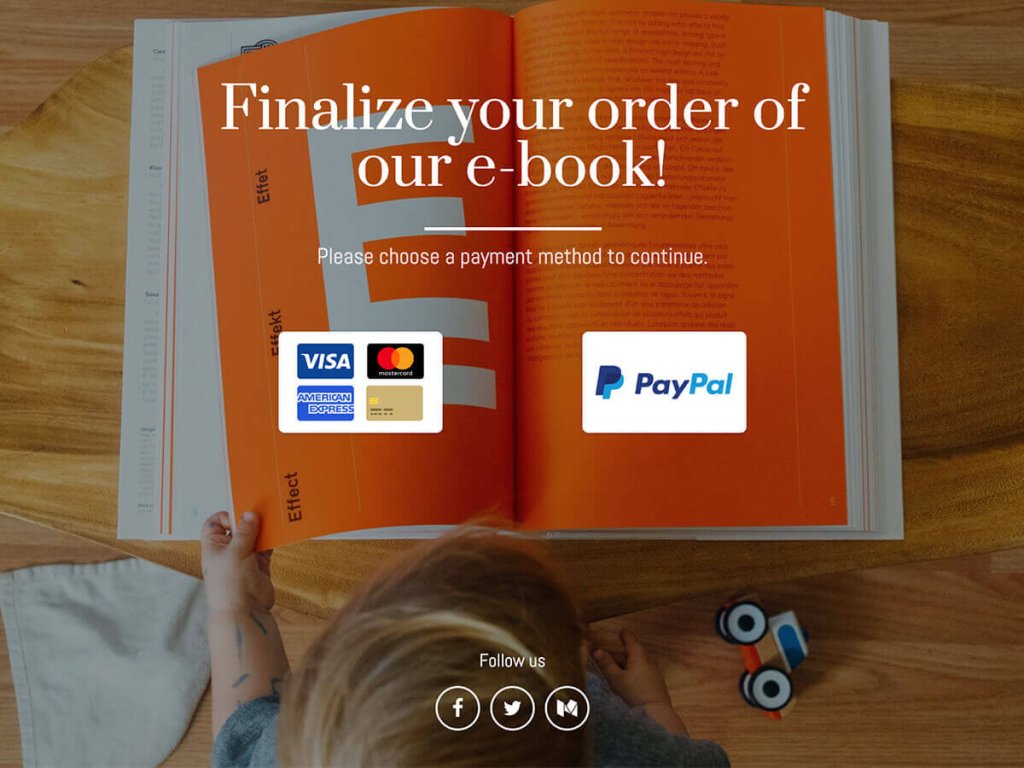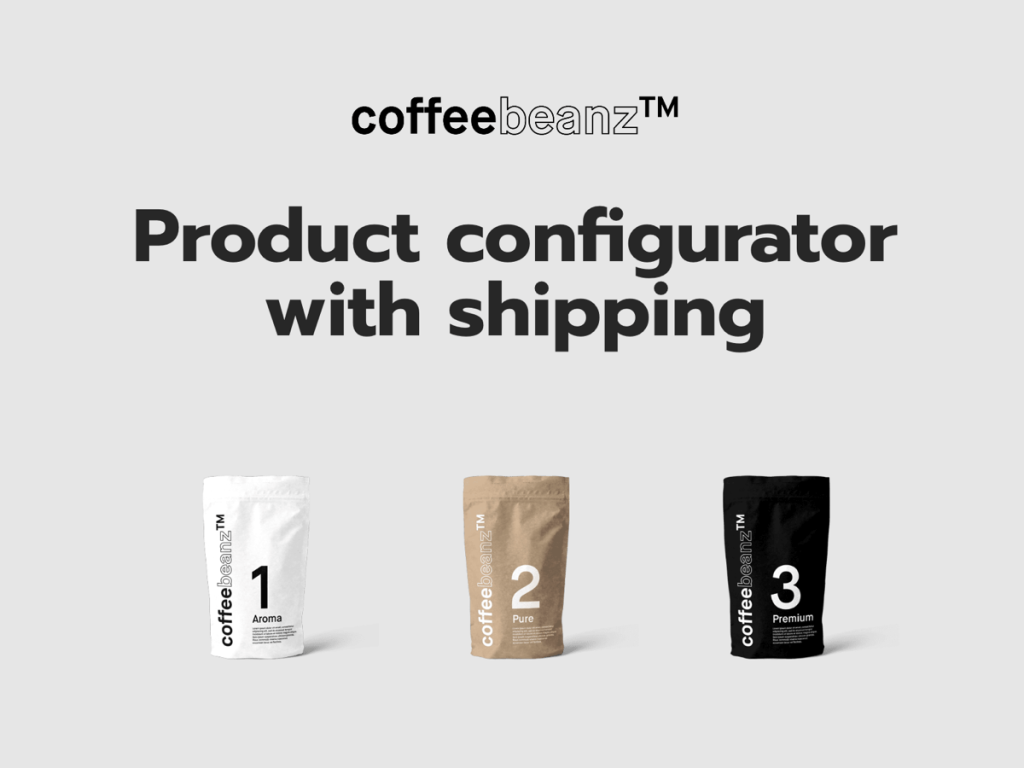E-commerce has increased exponentially in recent years. Businesses like Amazon and Alibaba are some of the largest companies in the world. Buying online is simply easier and more convenient. However, despite the growing number of online shoppers, many still feel nervous about online payments.
Particularly, giving personal information to online brands doesn't sit right with many.
A big part of attracting and retaining customers for an online store is to provide their customers with a stable and secure payment page. Here's everything you need to know about setting up a payment page for your own business.
What Is An Online Payment Page
Every passing day, more and more transactions are being done online. An online payment system makes purchases easy and convenient. A payment page is the simplest way of conducting online transactions. In simplest terms, a payment page is a bridge that connects your financials with those of the customer during a transaction.
A good payment page gets successful payments. In addition, it is a great way to gather customer information such as their phone number or email address. If the customer chooses to, they can even save their credit card information for smoother transactions in the future.
Payment pages are universally beneficial to all businesses regardless of size. If you are a small business that works on commission, you are unlikely to have a storefront. An online payment page can be quite helpful in these situations. As for larger businesses that conduct many transactions, it is essential. An unreliable and insecure payment page can actively make you lose customers.
If you are thinking about setting up a payment page, you can go for third-party pages or in-house solutions.
Advantages Of An In-House Payment Page
Building your payment page is often the first choice for many businesses, and this is because it has several advantages over third-party payment pages.
Flexibility: Building your payment page gives you a choice to customize it. If you eventually want to expand your business and add new functions to your payment page, you can easily do so. Because you were the one who initially wrote the code, you are at liberty to change it as you like.
Feel: While many third-party payment pages let you customize your page, they are still limited in what they can provide. In the case of in-house solutions, you can design your page the way you like, and this lets you match the design and feel of the rest of your website.
Control: Making your payment page gives you sole control over its functionality. You'd have to continuously depend on the provider for any problems or additions you might need for third-party solutions. In this case, however, you can tailor it as per the needs of your business.
Essential Features of a Payment Page
Every payment page needs to have some essential features, and these are fundamental and cannot and should not be missing from your payment page.
1. Multiple Login Options with Authentication Layers
It is vital to provide your customers with multiple login options. Some people might want to check out as a guest first to get a feel for your business, and forcing them to create an account can lead you to lose out. Also, consider providing logging options with social media profiles to ease registration.
Authentication layers are another thing that needs to be taken care of. Customers who create an account with you need a guarantee that their information is safe and sound. Even if they have lost their information, use several verification layers before restoring customers' data.
2. Integrated Payment Processor
Many businesses use payment processors like Google Pay and PayPal. However, if you are a small business, it might be better to integrate a payment processor into your site. An integrated payment processor allows you to process the information on your servers.
This permits higher customization and flexibility and provides a smoother experience. Remember that an integrated payment processor will require you to secure an SSL certificate to guarantee a secure connection.
3. Keep It Simple and Clean
Your payment page should be simple and easy to understand. Use a simple font, color, and size. Customers should not be confused as this can lead to an unsatisfactory experience. Always remember that less is more.
If your payment process is spread out to several pages, consider providing the customer with visual indicators. This will keep them informed regarding their progress of payment and increase follow-through.
Start Accepting Payments Now Through Interactive Forms
Using One Of Our 300+ Payment Form Templates
Purchase Consulting Package Template
Workshop Registration Form Template
Shopping Order Form Template
Flowers Order Form Template
Premium Newsletter Subscription Template
Buy E-Book Template
4. Security Logo or Seal
To reassure your customers regarding the safety of their information, use the security seal or logo of the company providing data security protection. If you are using a third-party service, ensure that the seal you use shows who is processing their payment, and this makes your business more trustworthy and ensures that the payment goes through. Also, make sure that you place the seal where it is easily visible to everyone.
5. Checkout Buttons Provide a Clear Destination
Make sure that your checkout button stands out from the rest of the page. The fewer time customers spend looking for the checkout option, the sooner you will be done with the transaction. Put the check-out button at the top or bottom in a color that stands out.
6. Detailed Confirmation Page Before Checkout
Before your customers check out, you need to take them to a confirmation page. This allows them to review their payment and ensure that they want to go through with the transaction. It will also allow them to look over and confirm all the details. The lack of a confirmation page can lead to many complaints regarding payment reversals. This can easily be avoided to a large degree with a confirmation page.
7. Mobile Payment
A lot of transactions are done on mobile. Thus, your payment page should be easy to navigate and optimized for use on mobile. If your business has a mobile app, you might need additional functionality to process transactions. This will let you provide a smooth experience to your customers.
How to Make a Payment Page?
Making a payment page isn't as difficult as it seems to be. You can set up a payment page in just three easy steps with involve.me:
1. Select a template
Select an editable payment form template. Choose the one that suits your requirements the best and get to work with it.
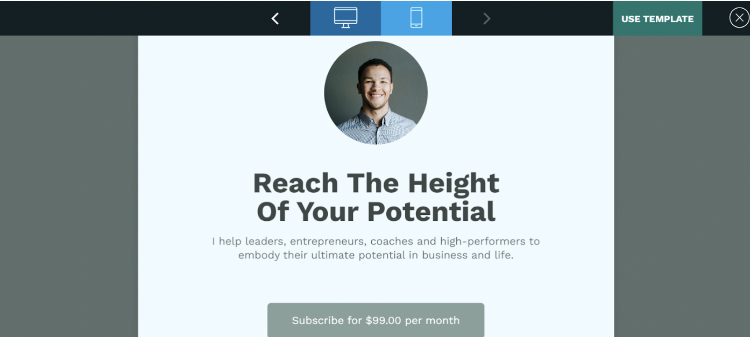
2. Select a payment service provider
A payment service provider (PSP) works from the backend and processes financial data. It passes and moves data between all the parts of a payment page. To make a payment gateway, you first need to set up a payment service provider that connects with it. Attach whichever you’d prefer – PayPal, Stripe, etc.

3. Edit your payment page
involve.me comes with a drag-and-drop builder, making it easy to edit your templates. You can easily add and delete elements like your logo, a new background or a custom price calculator on your page according to your convenience by just dragging the option and dropping it on the template.
4. Choose payment type
You can set the payment option on your page to either 'one-time,' 'recurring,' or '15/3 credit card payment.' If you are setting up a subscription-based service, you can choose the recurring option. If you are going for more of a one-time thing, select the 'one-time' option. Alternatively, if you prefer a unique payment approach that involves making two payments per month, approximately 15 days before the statement date and three days before the due date, you can opt for the '15/3 credit card payment' option.
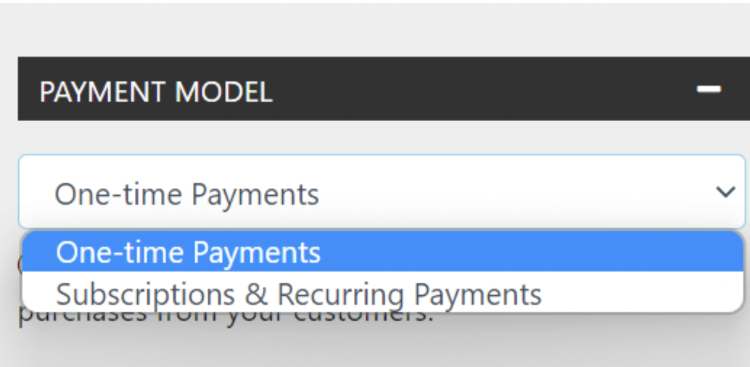
5. Set the pricing
You can simply type in the price if you have chosen the 'one-time payment option. When it comes to the 'recurring payment' option, you have to select a payment plan from the drop-down menu.
6. Publish & Share
Now that you have done everything, your payment page is completed and ready. You can publish the page and share it anyway. You can share it directly on social media or add the link to your email. You can also embed the page on your website's check-out page – whatever suits you best.
Wrapping It Up
Payment pages are an important aspect of any business – after all, you need the money to keep the business going. It is important to ensure that the page has a clear and inviting design and is convenient for your visitors. At involve.me, we try to give all of that and more to you on your payment page, and the bonus is that it is easy to make as well. Get started and design your payment page with involve.me today.

